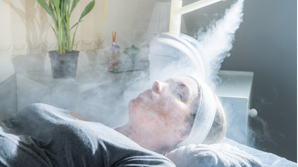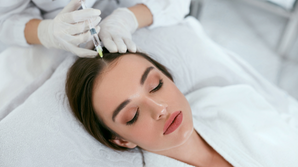Cupping Therapy
Cupping therapy is a detoxification technique aimed at removing toxins and impurities from the body. It is a traditional practice believed to enhance overall health by improving circulation and promoting the body’s natural healing processes.
How Is Cupping Therapy Performed?
Preparation: The process begins with a massage using a cup to stimulate lymphatic drainage. After ensuring the skin is clean, a sufficient vacuum is created by applying cups to the desired area (dry cupping).
Intradermal Incisions: Small, millimeter-sized incisions are made using a sterile, single-use scalpel. The cups are reapplied to create a vacuum, drawing blood and connective tissue plasma into the cups.
Cleansing and Final Steps: The area is cleaned, and St. John’s Wort oil is applied to promote healing. The entire procedure typically lasts about 30 minutes.
Scientific Insight:
Studies have shown that the blood extracted during cupping contains significantly higher levels of heavy metals like urea, uric acid, triglycerides, lead, mercury, and cadmium compared to venous blood, highlighting its detoxifying properties.
When Should Cupping Be Performed?
Cupping is ideally performed between the 15th and 25th days of the lunar calendar, as it is believed the body's water content (which makes up two-thirds of the body) is influenced by the moon’s gravitational pull during this time.
Pre-Cupping Precautions:
- Avoid consuming animal products and carbohydrates two days before and after the procedure.
- Do not eat two hours prior to the session, but avoid being hungry.
- Post-treatment, apply St. John’s Wort oil to the area for a week to aid in healing.
Conditions Treated with Cupping:
Cupping therapy is used to address various conditions, including:
- Chronic fatigue
- Fibromyalgia
- Migraines and cluster headaches
- Restless legs syndrome
- Sleep disorders
- Muscle pain and rheumatic conditions
- Immune system support
- Weight loss resistance and detoxification
Who Should Avoid Cupping Therapy?
Cupping therapy is not recommended for individuals with the following conditions:
- Severe anemia (HGB below 9.5 mg)
- Organ transplant recipients on immunosuppressive therapy
- Hemophilia or other bleeding/clotting disorders
- Pregnant women







